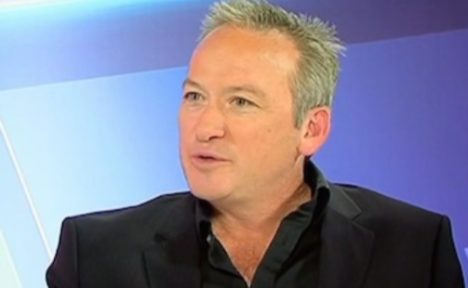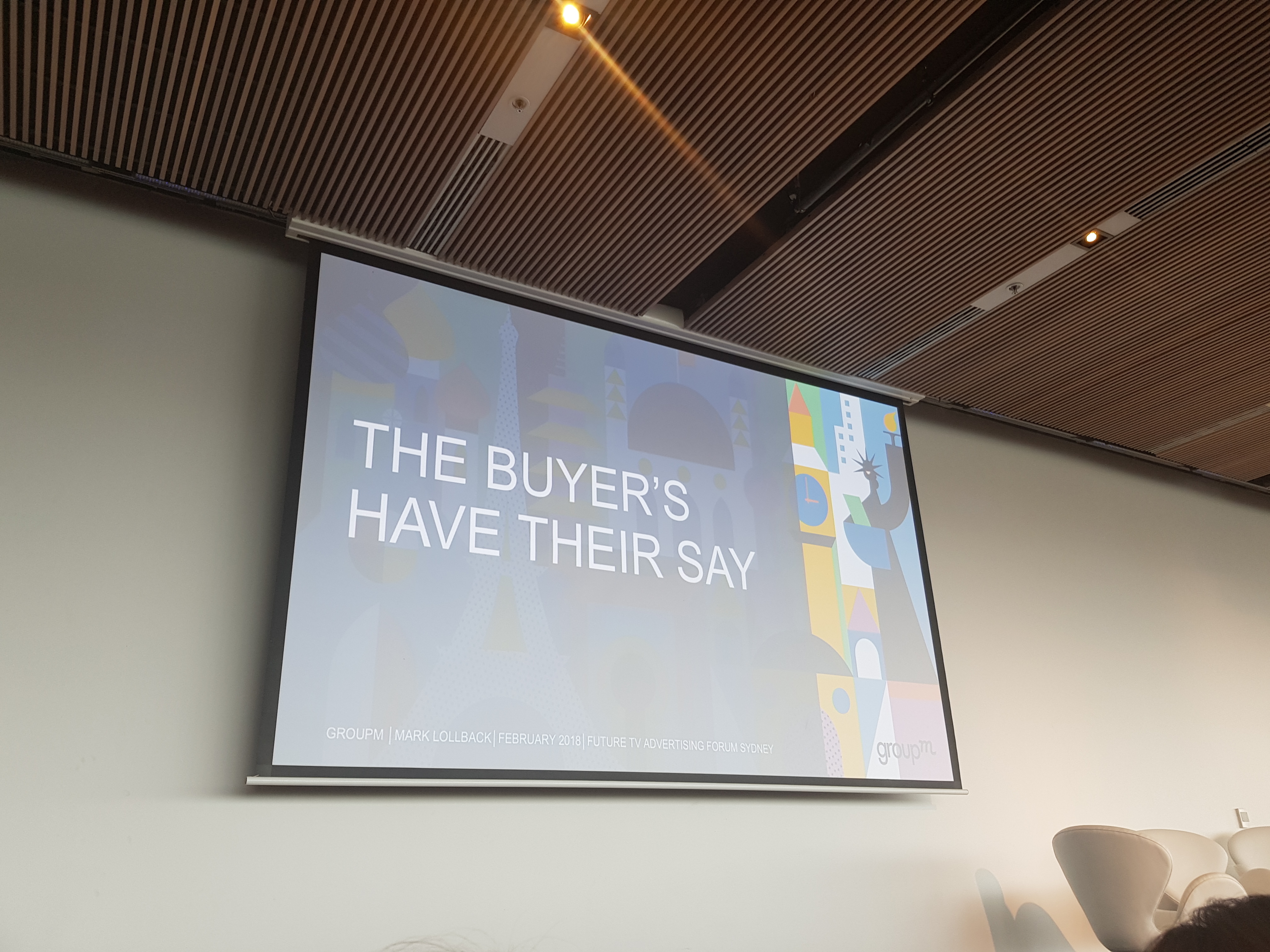GroupM CEO Mark Lollback ‘concerned’ about linear TV
The CEO of WPP’s GroupM, Mark Lollback, has told media agencies and television executives he is concerned about the economic model of linear TV and the challenges it faces “in this new video world”.
Lollback said whilst he is very optimistic about the future of “the new definition of TV”, the industry had to face the fact that some audience segments are problematic and measurement is a mess.
“As the CEO of GroupM I am aware of and concerned about the economic model of linear TV and its challenges in this new video world,” Lollback told the Future of TV Advertising Forum in Sydney today.
“Forecasts for TV range from optimistic to apocalyptic. Reductions in linear audience and comparatively steady demand has led to inflationary environment with regard to CPMs. This is a challenge for all of us. And it’s an area of major focus by our clients.
“This dynamic creates an ongoing threat to the current incumbents who are required to continue to invest in content, particularly that of major sporting events, or risk losing them to global tech giants or local challengers. We have seen steep increases in the value of sporting rights, like the NFL, AFL and Cricket Australia is in negotiations as we speak.
“Even recently, the acquisition by Optus of the English Premier League from the incumbent Foxtel took many people by surprise and has continued resetting the landscape.”
Lollback conceded TV’s position as one of the most efficient channels for ROI is rarely challenged, and listed the medium’s various compelling attributes, including reaching 97% of all homes in Australia and its average viewing time of two hours and 39 minutes.
“Its proponents argue that linear delivery of advertising in program breaks is the best guarantee to the advertiser that commercials will be actually viewed, are 100% viewable, on big screens, with sound and motion with high engagement levels. They also argue that broad reach delivered simultaneously, with a large audiences is an unmatched value,” he said.
In addition, he said, it still creates the “water cooler” moments throughout the country.
Despite this, he said, television is swamped with challenges – predominately relating to declining audiences and inadequate measurement.
“We’re going to have to face the fact that some audiences are challenged. Average weekly reach while steady for Pioneers and Baby Boomers is in decline for other generations, particularly Generation Z,” he said.
“We actively have to plan our campaigns to ensure that we take these viewing trends into account with varying levels of VOD to offset the reach issues.”
The massive reduction in “super programs” – due to audiences wanting more control and becoming intolerant of long commercial breaks – is also an ongoing problem, he said.
The biggest concern though, he said, was inconsistencies in measurement and metrics.
“The biggest concern for me is inadequate measurement of total audience across platforms and the non-standard definition of a video view. The challenge of measurement for us as an industry is huge.
“The goal is obvious. How can we report back to our advertisers who watched what, where, for how long and on what device? This means an apples to apples comparison. A basic building block for us to be able to asses true, relative value. The ideal would be a universal, any screen, respondent-level method with automatic content recognition,” he said.
Lollback, however, said television, when defined by its digital properties including VOD and catch-up services, remains a key focus for agencies and brands.
“I am very optimistic about the future of TV – the new definition of TV – and its ability to help our clients to successfully grow their brands and their businesses.”



